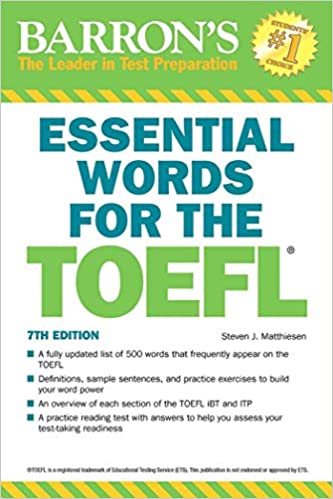Plagiarism is the academic term for taking someone else’s words and acting as if the words are your own, without crediting the original writer or speaker. The idea of plagiarism on a standardized test may seem strange. You’re not allowed to consult the Internet, books, or other outside sources when you take the TOEFL. So whose words could you even plagiarize on test day?
Well, there is one source of words you do get to see—and need to consult—when you sit for the exam. In all four sections of the test, you listen to writing and speech created by the ETS employees who make the TOEFL. In the TOEFL Speaking and Writing sections, you need to actually create your own speeches and essays based on these words from others.
In many of the practice responses that students submit to Magoosh TOEFL, I see students closely imitate the wording from the original passage, lecture, or conversation. This is not plagiarism in the sense of academic dishonesty—the source of the original words is obvious, so it’s not like the students are trying to trick anyone into thinking they came up with the words themselves. However, it is still plagiarism in the sense of unoriginality. And the impact that this kind of imitation has on TOEFL scores can be HUGE.
TOEFL scorers may give a response a score of 1 if a Writing or Speaking response is heavily copied. This is because imitating the words of a TOEFL writer or speaker doesn’t do anything to prove your own English language ability. With only minimal skill, just about anyone can create and understandable and nearly error-free TOEFL response by closely copying the sources on the test. Real proof of your English ability lies in finding your own way to summarize information in your own original way.
The skill of paraphrasing is something you’ve probably already been taught. And you likely already know you’re not supposed to simply copy the words you’re summarizing. But this can still be a very easy mistake to make on the exam. When you’re under pressure in a timed test, there’s a risk that you’ll simply “echo” what you’ve just heard or read as you record your speech or write your essay. Students who aren’t careful may slip into direct imitation unthinkingly. If you’re not very mindful of plagiarism, you may wind up imitating an entire sentence—or two—without even realizing you’ve done it.
The trick here is to develop good mental habits and be prepared to paraphrase the wording of a TOEFL prompt automatically and comfortable. Make sure you devote some time to paraphrasing practice during your TOEFL study. And try to reach a point where anytime you hear or read something in English, you’re able to understand it so deeply that you can paraphrase the words in your head.





